Camouflage netting was created during the Second World War to camouflage military objects (weapons, ammunition, warehouses, firing points, etc.). Gradually, it ceased to be only a military accessory, now it is widely used in everyday life. For example, by hunters, builders to create decorations, for fences, summer cottages, on gazebos, etc. How camouflage nets are created - details below.
What fabrics are used for sewing
When making camouflage netting, synthetic polymeric materials are used, since the threads made from them are wear-resistant and have high strength. Most camouflage netting is sewn from fabric on a nylon mesh base. Some types are made from specially treated fabric with polyurethane, treated across the entire width with a special mesh composition that reduces shine, which gives them a natural (camouflage) look and does not attract attention.
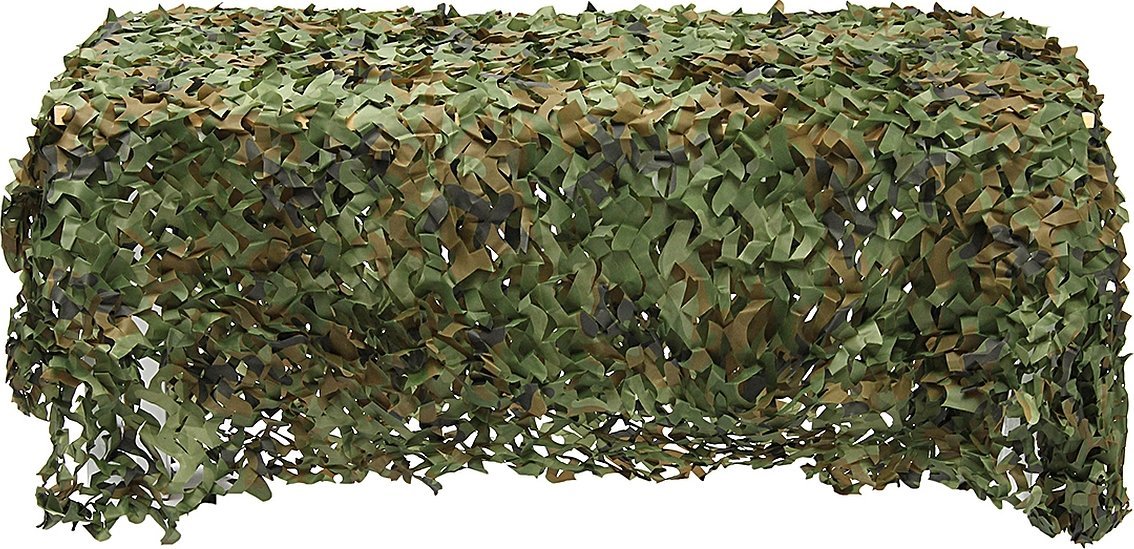
In any case, the camouflage net has two layers:
- nylon base;
- special film - fabric with various patterns.
Important! The fabric pattern should match the color texture of the area where the camouflage net will be used (in a coniferous forest - greenery, in a birch forest - "birch").
Currently, the industry offers hundreds of types of designs to choose from.
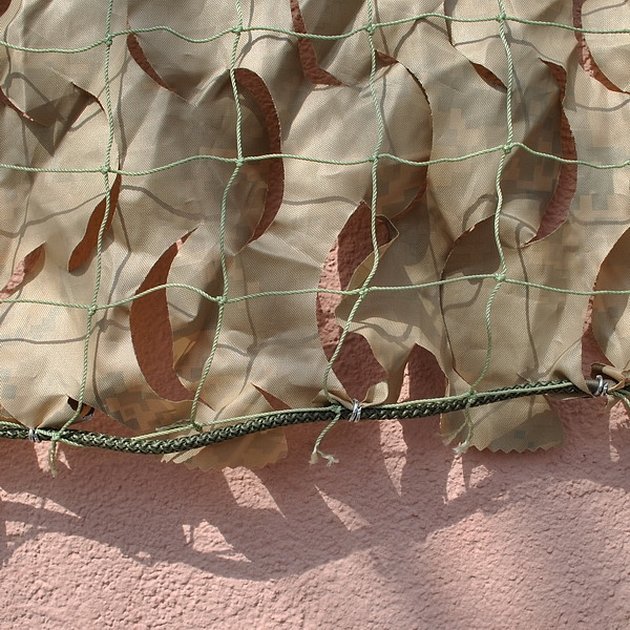
Types and features of camouflage nets
First, it is worth deciding on the spelling, camouflage or camouflage - the first option is correct. This will be useful when searching for more detailed information about the types and features of the material on the Internet or in literature.
Camouflage nets can be of several types.
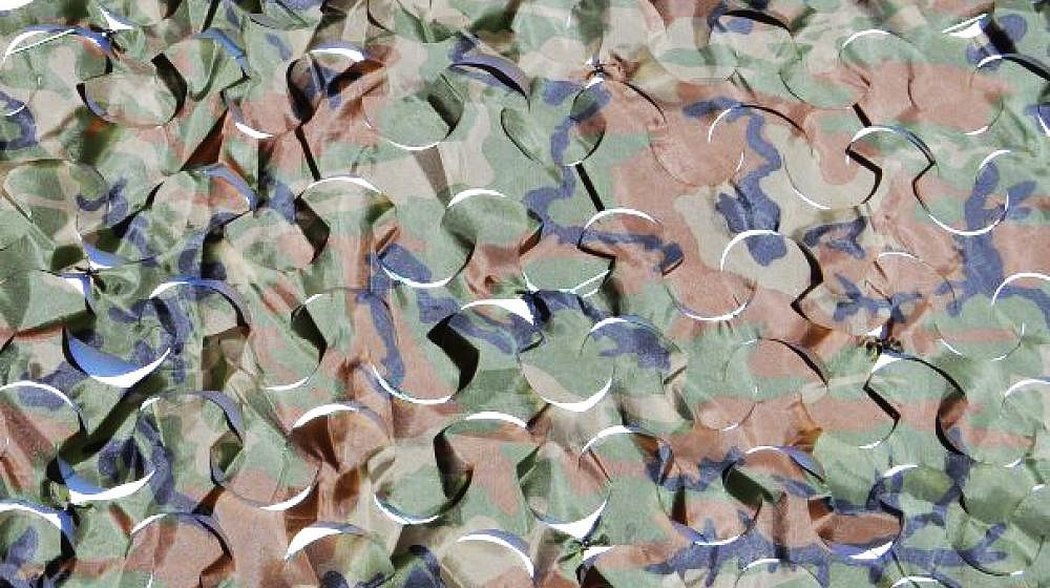
For example:
- a piece of fabric painted with various patterns corresponding to a particular area (forest, steppe, desert, etc.);
- a mesh base onto which various fabric patches are sewn.
Classification of grids:
- By type of base: without base and with nylon thread.
- By shading: high, medium and low shading.
- By design: many types.
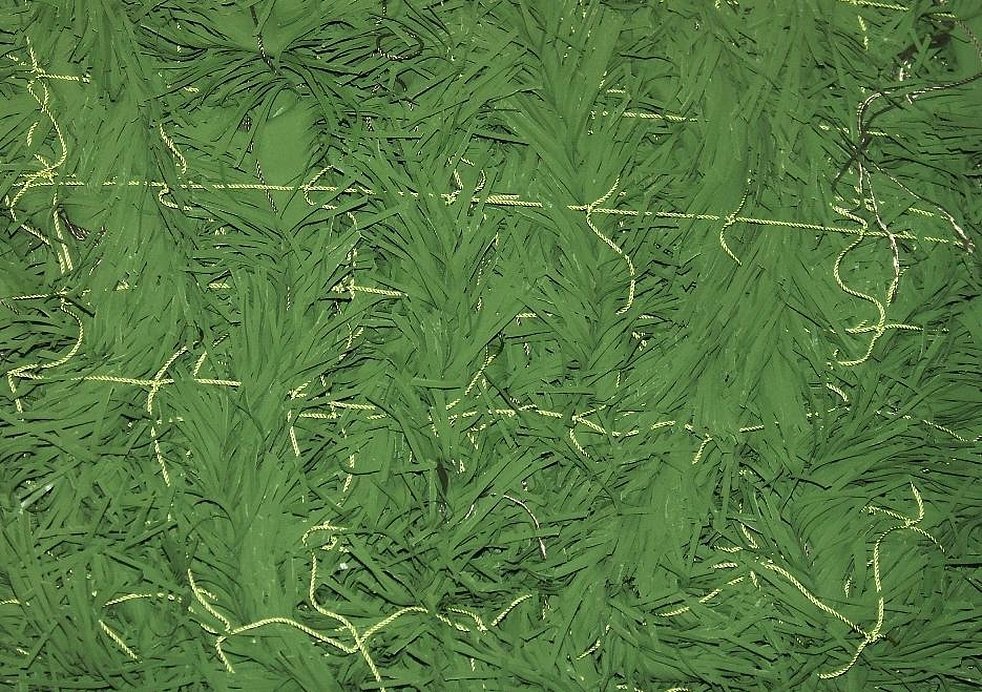
The most common types of camouflage nets available commercially are:
- Light — imitating foliage. Birch, oak and other leaves can be imitated. The color is predominantly green.
- Standard is a universal camouflage with a coating similar to pine needles.
- Econ is a network with different colors and different purposes.
- Fern - can camouflage as a fern, reed or conifer. Color varies.
- Landscape - imitates foliage, and the color matches the landscape and season (spring, summer, autumn).
Please note! Here are only the names of the types of nets, and within the types there are different types of bases, materials, colors and therefore can differ in price and quality several times. Accordingly, service life may also differ.
Purpose of camouflage nets
The main purpose of camouflage nets is camouflage. You can camouflage anything. For example, a fence around a summer house or a summer cottage can be made of metal mesh, but such a fence has one drawback - everything will be visible. In this case, a properly selected camouflage net will hide the summer house from prying eyes and give the fence a special beauty. Also, fabric (camouflage net) will help to protect a gazebo or veranda from the sun. Camouflage net is still widely used by the military to cover equipment. A camouflaged object becomes invisible from the air or from a long distance.
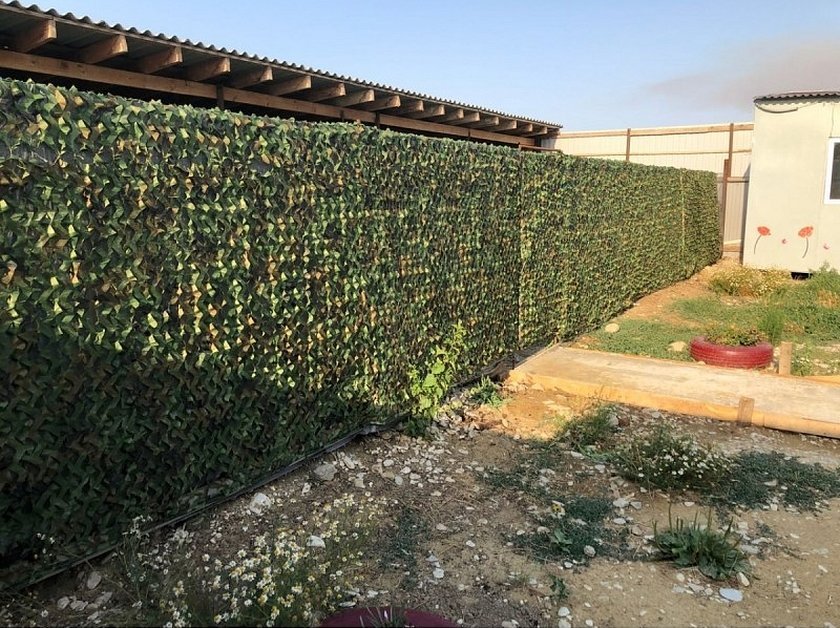
Camouflage allows you to improve the design of a park, exhibition, advertising or announcements can be written on it. A hunting suit is sewn from camouflage net fabric, which allows you to get close to the object of hunting. It is also used to camouflage a car, a motor boat, and can protect equipment from the scorching sun.
The same fabric is used to sew camouflage suits for the military. That is, camouflage protection is a universal material to hide flaws, improve the appearance of an object, hide unwanted elements of decor, design, and decoration.

Additional information! When choosing a camouflage material, you should keep in mind that it cannot protect from rain, since most are water- and moisture-permeable. Rain and fog soak it, but it dries quickly in the sun and does not lose its properties, does not rot, since it has a special treatment.
DIY: How to sew
To create you need to have:
- mesh (usually nylon) for the base;
- pieces of fabric, rags, tow, branches and other materials;
- paints, brushes.
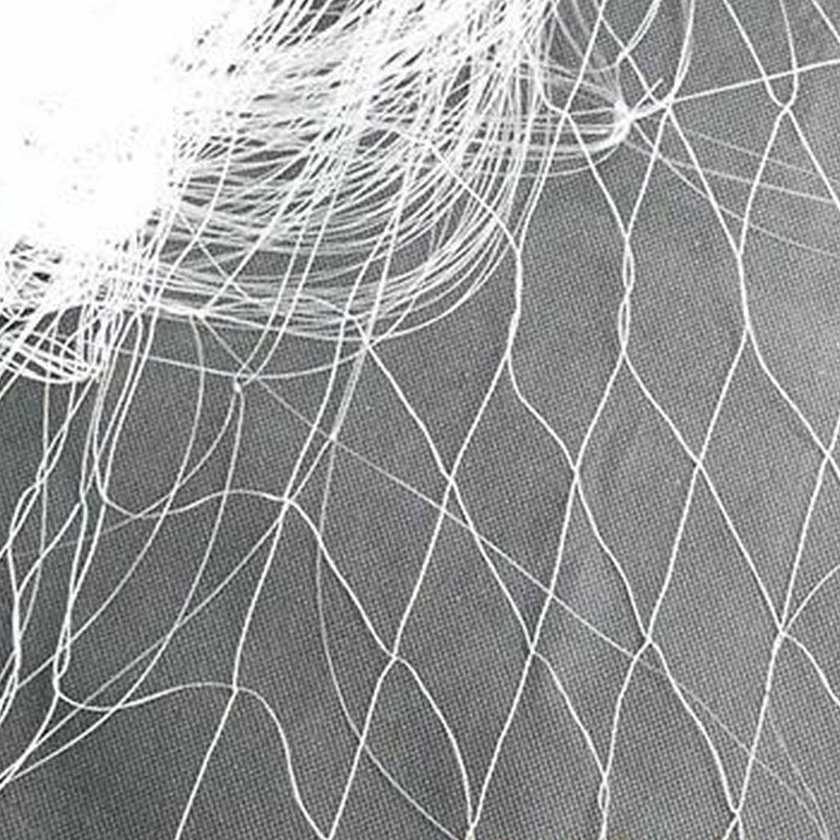
The creation is quite a labor-intensive process, but it has one obvious advantage - the product will meet the individual needs of the manufacturer.
A special nylon net is usually used as a base, although a simple fishing net or rope net can also be used.

To weave the product, you need a site of 4-5 square meters, cleared of foreign objects. After that, you can start weaving in camouflage elements, which are scraps of fabric of a suitable color (they are tied into each square of the base without gaps), branches, grass. Of the branches, the most suitable are thin birch ones (they are flexible), of the grass - sow thistle, etc.
First, the base is stretched, then weaving begins. It is more convenient to weave together, one holds the base so that it does not "walk", the other ties it. The scraps should be in the form of ribbons 60-80 cm long, 2-6 cm wide (depending on the material). Gradually, as it is ready, the product is rolled into a roll. The work is labor-intensive, requires perseverance, but creative.
To imagine a drawing, you first need to draw, i.e. "write" the texture. You need to write the texture based on the available material, and you need to clearly imagine what kind (light, econ, etc.) will be woven.
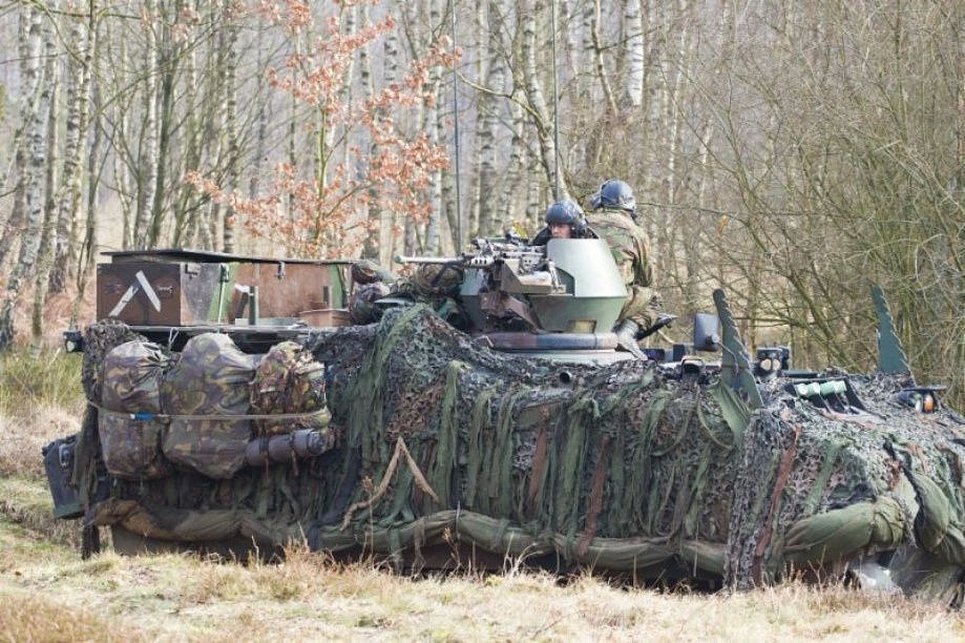
Sewing camouflage clothing from camouflage fabric has its own peculiarities. Firstly, the material is two-layered, secondly, it does not hold its shape very well. Therefore, sometimes the mesh is first sewn to another fabric, then they start cutting. At home, it is more convenient to sew by hand; it is better to buy ready-made sewing material.
So, camouflage camouflage net is quite popular, very convenient to use, quite affordable and widespread material. At the same time, it has its own characteristics both in use (color, texture, appearance, etc.), and in production and sewing.




